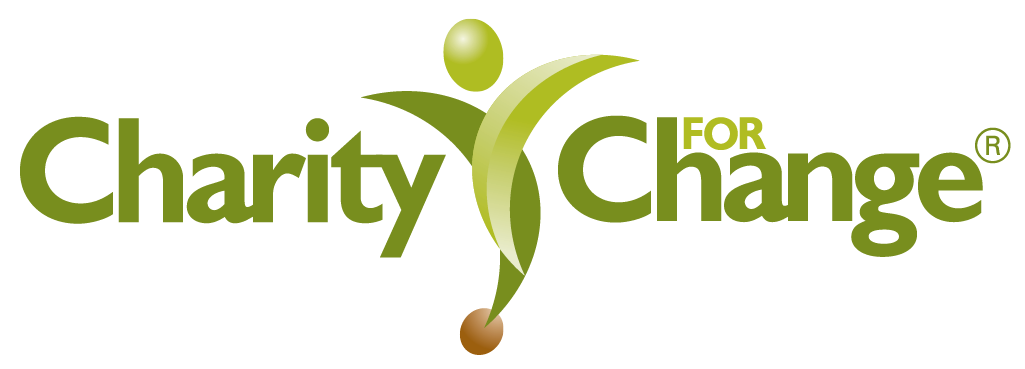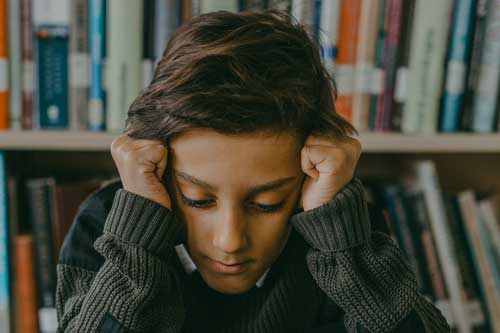By Karen Conley, President, CEO and founder of Charity for Change
Content Warning
This article deals with a sensitive, important topic. If you or someone you love is in crisis, you can connect and find support:
- Call the National Hopeline Network at 800-442-HOPE (4673) or text HOME to 74174 to receive free 24/7 support.
- Call or text 988 to connect with the National Suicide & Crisis Lifeline; counselors who speak English or Spanish are available.
- Call SAMHSA’s National Helpline at 800-662-HELP (4357) for free, confidential mental health information and referrals.
It’s difficult to think about, let alone say aloud, but the suicide rate among our youth is on the rise in this country. Suicide is the second leading cause of death for those between the ages of 10 and 34. A recent report published by the Center for Disease Control (CDC) found that youth suicide rates and attempts have risen an additional 30% since March 2020, nearly doubling among adolescent girls.
There is hope because suicide can be preventable. Research by the CDC and others indicates that there are positive programs that can help decrease the risk factors associated with suicide, self-harm, and substance abuse. Teachers, families, school administrators, friends, and others in a child’s circle can work together to understand the causes and signs of suicidal thoughts and behaviors. Taking steps to prevent the risk factors can help better prepare our students to deal with life’s challenges.
Recognizing the Causes & Warnings of Suicidal Thoughts
There is not usually a single cause of suicide. Typically, it is a combination of factors, events, and circumstances that contribute to overwhelming feelings of despair and desperation. Research shows that there are some common risk factors for more than 90% who have died by suicide, and we should be familiar with them:
- Depression
- Trauma
- Social Isolation
- Substance abuse
- Other mental health conditions
Other potential stressors include loss, instability, sexual orientation confusion, violence, harassment, child and sexual abuse, and bullying.
Bullying. In recent years, bullying has become a more significant influence on suicidal thoughts and behaviors among adolescents. As children grow and develop, creating and forming connections with their peers is part of their well-being. Bullying can disturb, harm, and damage these connections, especially for children who may not be able to cope with feelings of rejection. Bullying is a recurring cycle that has ripple effects. Young people with bullying behavior may be victims of bullying elsewhere, like at home or from an adult figure, or are experiencing other forms of trauma.
When these risk factors are combined or mixed with other circumstances, children and adolescents can feel overwhelmed and hopeless, and some early warning signs may appear. By understanding and addressing these early indicators of suicidal ideation, we can be better prepared to take action to help our children with their emotions and stressors. According to the American Psychological Association, warning signs include:
- Changes in eating habits or sleep patterns
- Major changes in personality or behavior
- Talk of self-harm or suicide
- Withdrawal from friends or family
- Loss of interest in activities, hobbies, or personal appearance
- Taking unnecessary risks
- Experiencing a severe loss
- Substance abuse
With early prevention and intervention programs, we can take meaningful steps to decrease the risk of suicide by giving children and teens healthy coping skills, support, and access to help.
Social-Emotional Learning (SEL) is Part of Suicide Prevention
There are two areas that can significantly help prevent youth suicide: our schools and social connection. Our children spend most of their time at school beginning around age 5. A good foundation starts with the culture within our schools. Fostering a safe and secure school environment can positively affect the overall health of students and how they perform academically and socially. The CDC has found that strong social connections can help children and adolescents develop a sense of belonging, reducing feelings of isolation and loneliness.
Social-Emotional Learning (SEL) programs can effectually help and support both areas of suicide prevention. Adding an evidence-based SEL program to a school curriculum can promote connectedness, inclusivity, and emotional well-being, thereby making our schools healthier, safer, and kinder where teachers, staff, students and their families are more connected and supported.
Charity for Change’s platform focuses on fundamental characteristics that boost protective traits that can be a buffer against suicidal risk factors when added to a school program. These character traits include:
- Problem-solving
- Skills to cope with stress
- Communication
- Self-Management
- Relationship skills
- Self and social awareness
Our vision at Charity for Change is to grow a world free of hate, violence, bullying, and cruelty. By incorporating Charity for Change’s program into a suicide prevention strategy, we can all work together to create a positive, healthy environment for students with different needs and diverse backgrounds. Nurturing and establishing these fundamental characteristics in childhood can foster healthy, lifelong coping skills to, hopefully, decrease suicidal thoughts and behaviors.
It’s important to note that the reasons behind suicide are complex and unique, and many factors contribute to the risk. No program can stand alone as a preventive measure. Suicide prevention strategies for our youth should be comprehensive and provide continuous support for students based on their needs and experiences. But by addressing risk factors early, providing coping tools and mechanisms, and supporting their social and emotional health, we can hopefully lower the suicidal rate among young people in our country so they can lead happy, fulfilling lives.
About the Author
Karen Conley is President, CEO and founder of Charity for Change, a non-profit social-emotional learning educational organization funded by philanthropy. For information, visit charityforchange.org.





